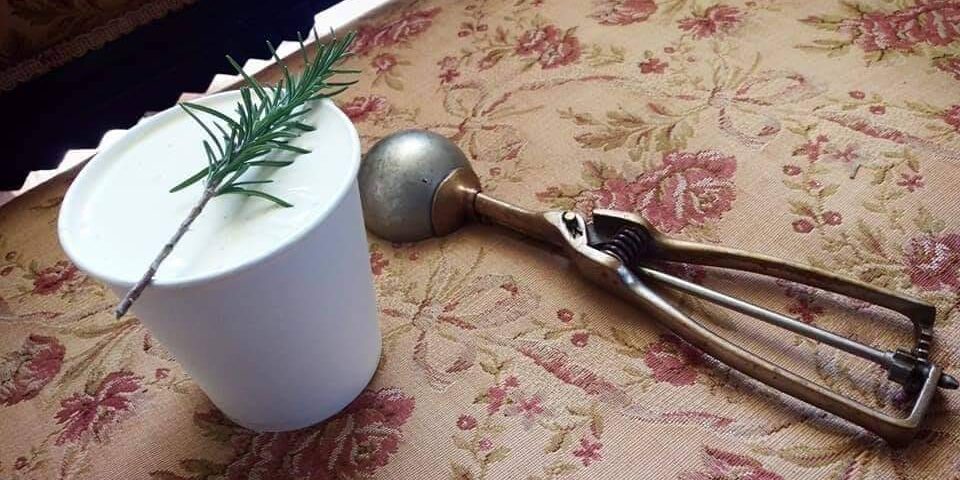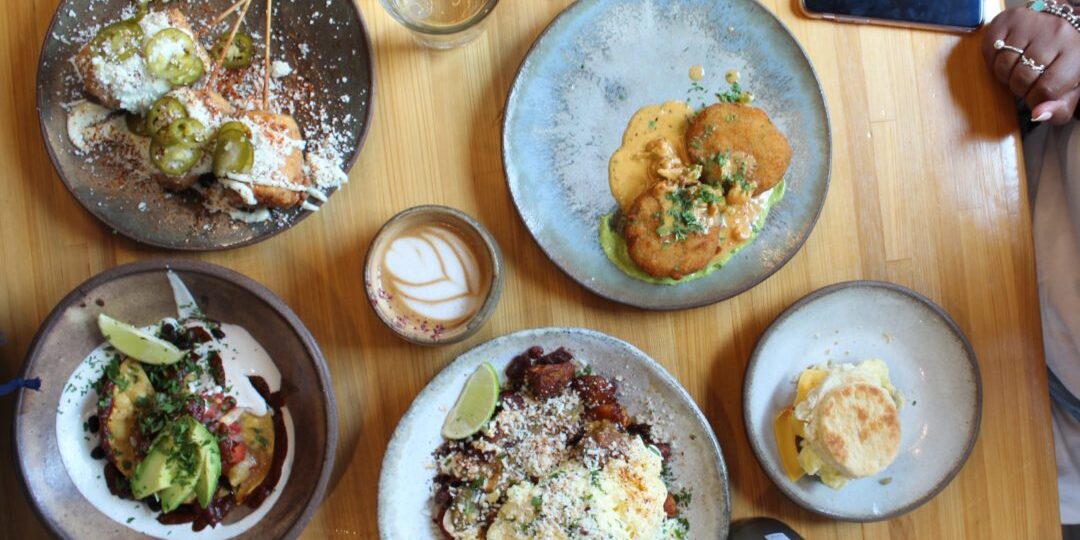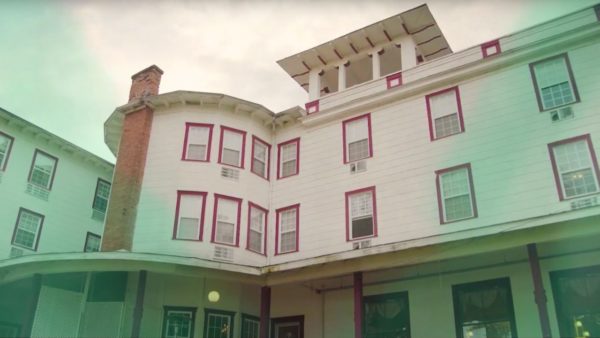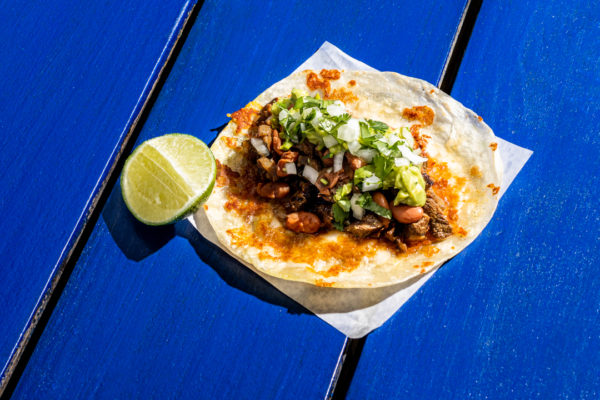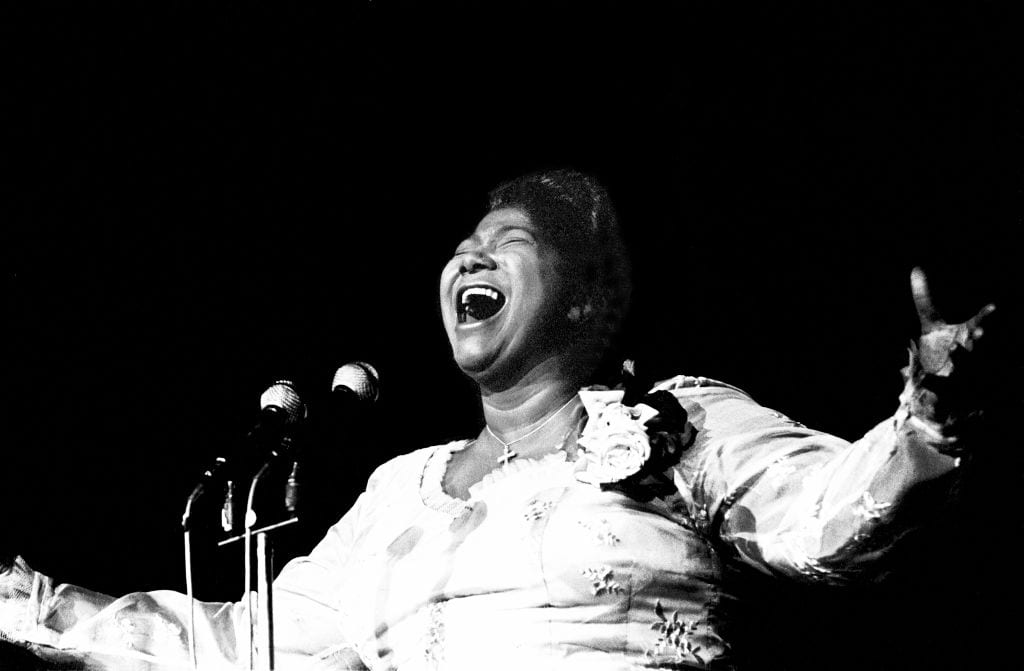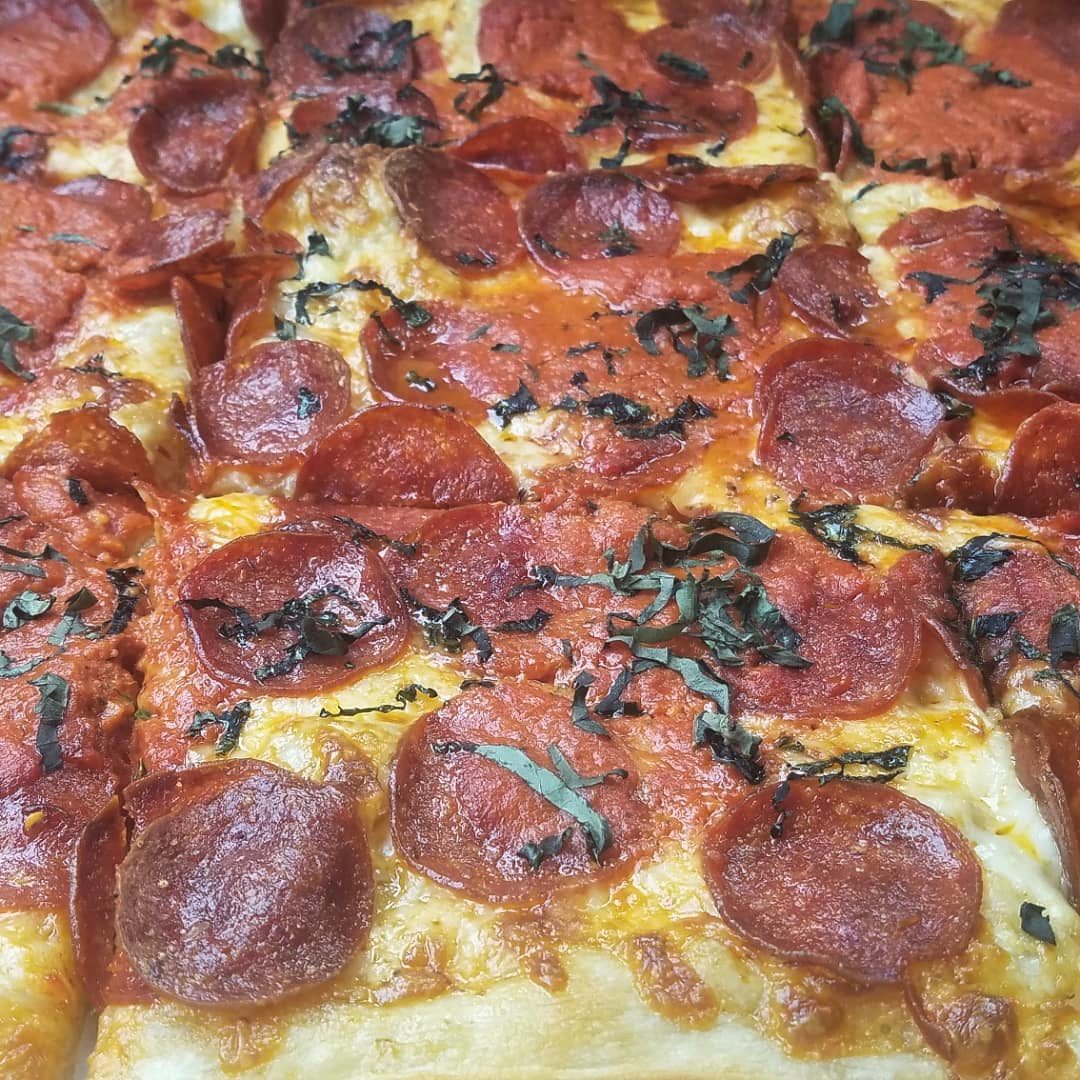New Orleans is an old city, and so many of our city’s buildings have a rich, hidden history. Many of our favorite restaurants are located in repurposed buildings with stories in their walls.
Here are a few restaurants in buildings that have a secret story to tell.
Napoleon House
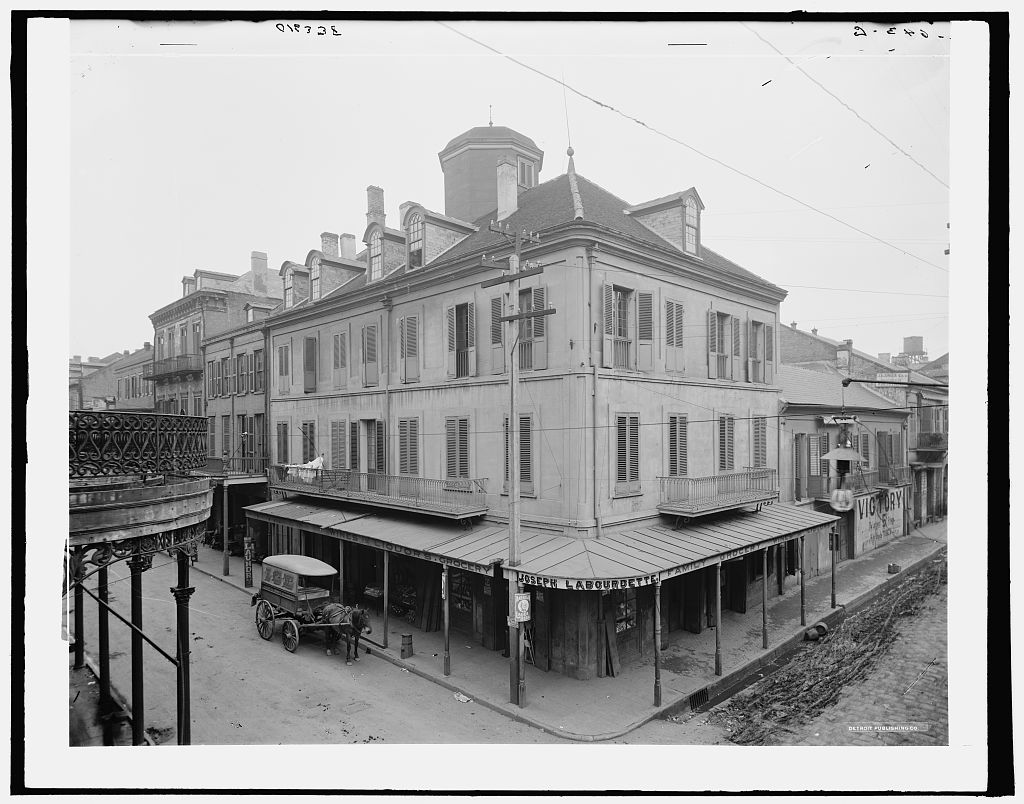
Napoleon House is best known for its legendary muffuletta and Pimm’s cup, and it’s located in a building with a rich 200-year history. New Orleans mayor Nicholas Girod owned the building, and, as legend has it, he offered the space to Napoleon in 1821 as a refuge during his exile. Unfortunately, Napoleon was poisoned before he could make his way to New Orleans and take advantage of the offer.
Fast forward to the early 1900s, and what will become the Napoleon House is a grocery store called Labourdette’s Grocery, run by Joseph Labourdette. In 1914, Joseph Impastato rented the building where he had his own grocery business while he and his family lived upstairs.
According to John R. Kemp, Impastato purchased the establishment six years later and opened a small bar in a side room of the grocery. At this point, prohibition is in full effect, but Impastato didn’t let that get in the way of a good time.
In 1945, Joe gave the building to his brother Peter who helped make Napoleon House what it is today.
Rosedale
Since 2016, Chef Susan Spicer has been serving her signature southern dishes at Rosedale restaurant in Mid-City. The building has an incredible history. It was built in 1920s on the New Basin Canal and was moved to its current location in 1953, where it served as the Third District Police Station for 50 years. According to Kevin Centanni, who restored the building, it sits on land that used to contain the Girod Asylum, later known as Colored Waifs Home where Louis Armstrong learned to play the trumpet.
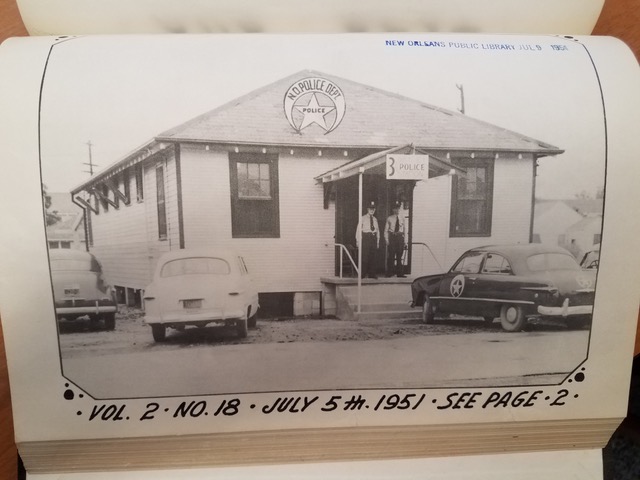
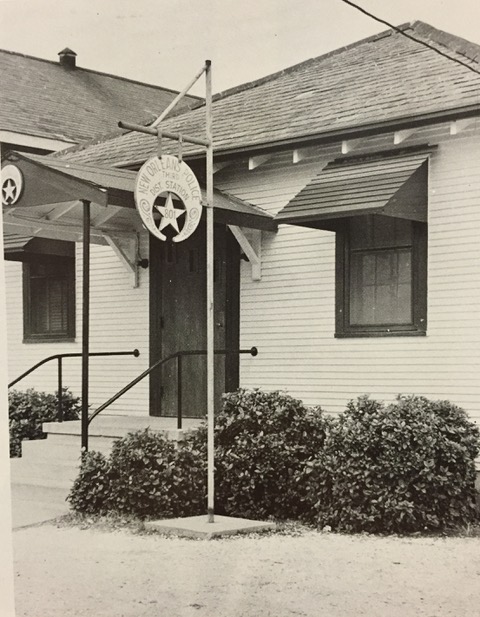
Centanni bought the abandoned building at auction in 2013 and did his best to retain its integrity, keeping the original flooring and ceiling beams and installing historic-style windows. He also converted the building’s former jail cell into a bathroom and added a commercial kitchen.
Today, Rosedale is one of the oldest buildings in Lakeview.
La Petite Grocery
La Petite Grocery is a New Orleans fine-dining staple. However, the building wasn’t always home to one of the most sophisticated eateries in town.
Built in the 1800s by John B. Willig, the building that is now home to La Petite Grocery was once home to Central Tea, Coffee, and Butter Depot. Willig and Frank W. Mackie were known to sell the freshest butter, roasted coffee, imported teas, and other sundries like pecans, rice, and beans.
In 1908, the building burned and was later rebuilt. In place of Central Tea, Coffee and Butter Depot was now a full-service grocery store complete with delivery carriages and delivery boys. Frank W. Mackie Grocer, as it was now named, specialized in what they called “fancy groceries.” After Mackie died, his son took over the business and ran it for several years with his mother.
The grocery and building were sold to Frank A. Von der Haar, who operated his own grocery, Von der Haar’s Fine Foods, in the space. Under Von der Haar’s tenure, the market was dubbed “the little grocery store.” When that store closed in 1982, the next business was Irwin’s Flowers.
In 2004, La Petite Grocery opened with a name that is a nod to Von der Haar’s market and a menu serving south Louisiana French-inspired cuisine.
Vessel
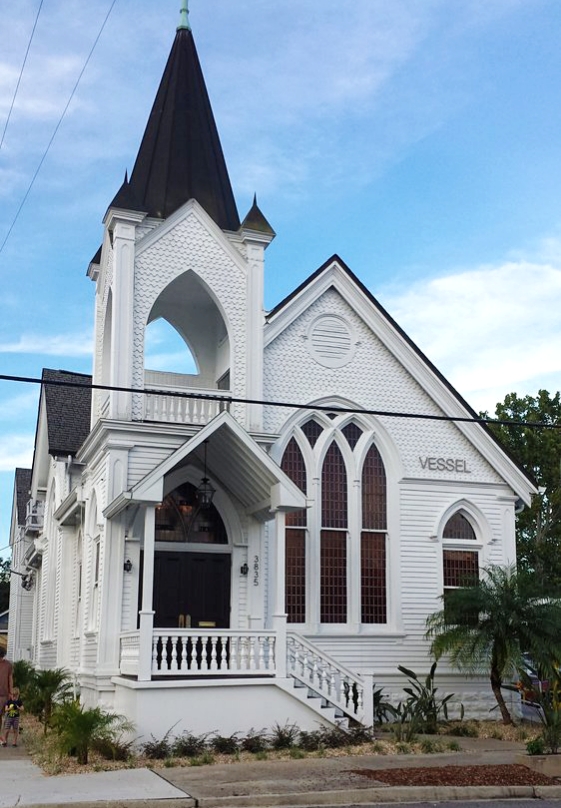
Vessel is a beautiful Mid-City restaurant located in a former Lutheran church. The building was built in 1914, and Vessel isn’t the first restaurant to call this space home. In 1977, Chris Ansel and Chef Roland Huet opened a restaurant called Christian’s in the building. Unfortunately, Christian’s flooded during Hurricane Katrina and never reopened.
In 2011, Tommy and Maria Delaune opened a restaurant called Redemption in the space, but it closed after four years.
Today, Eddie Dyer and Alec Wilder run Vessel, a restaurant specializing in brunch and craft cocktails. Dyer and Wilder renovated the space, adding their own touches while keeping the church structure’s integrity. They added a long bar against large windows; exposed ceiling beams and antique-style lighting set the atmosphere apart from every other restaurant in the city.
Le Chat Noir
Le Chat Noir is a bit of a full-circle experience. The first Le Chat Noir was a theater opened in 1999 by Barbara Motley. The space was home to cabaret performances for 12 years and was a cozy addition to the New Orleans theater scene.
After Le Chat Noir closed, it became an Italian restaurant and wine bar called Marcello’s. Marcello’s occupied the space from 2014 until it was forced to close during the pandemic. That restaurant relocated to Covington and never reopened a New Orleans location.
In 2021, James Reuter opened Le Chat Noir, a restaurant that shares the theater’s name that was once in the space. Now you can enjoy dishes like oysters, pork belly, and Brick Chicken in a building where beautiful theatrical performances took place.


